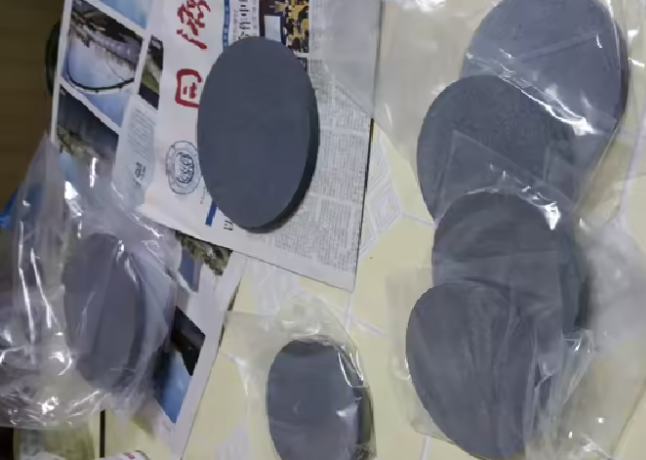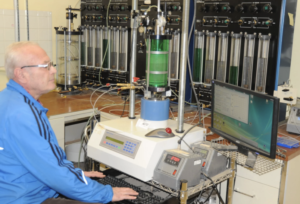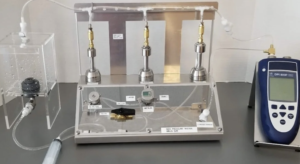Porous Stones vs Filter Paper in Triaxial Tests: Which One Performs Better?
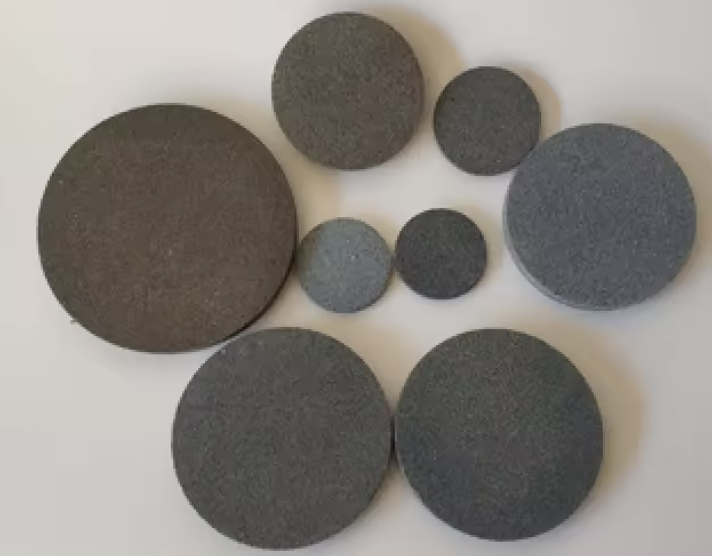
When it comes to triaxial testing, we often get caught up in sensors, loading frames, and software. But the truth is, even the smallest components—like porous stones and filter paper—can make or break your results. I’ve learned that the choice between them isn’t as simple as it seems.
Porous stones1 and filter paper2s both serve to allow fluid flow while retaining soil particles during triaxial testing. Porous stones offer structural support and reusability, while filter paper provides better conformity for soft soils. Choosing the right one depends on sample type, budget, and accuracy needs.
Let’s break it down and see which one truly fits your lab needs.
Roles of Porous Stones and Filter Paper in Triaxial Test Setup
They may look different, but both have a similar mission—help fluids flow, keep particles out, and protect measurement integrity.
Porous stones and filter papers3 are placed at the top and bottom of soil samples to facilitate drainage or saturation. While porous stones provide rigidity and support, filter paper offers flexibility and uniform contact for irregular surfaces.
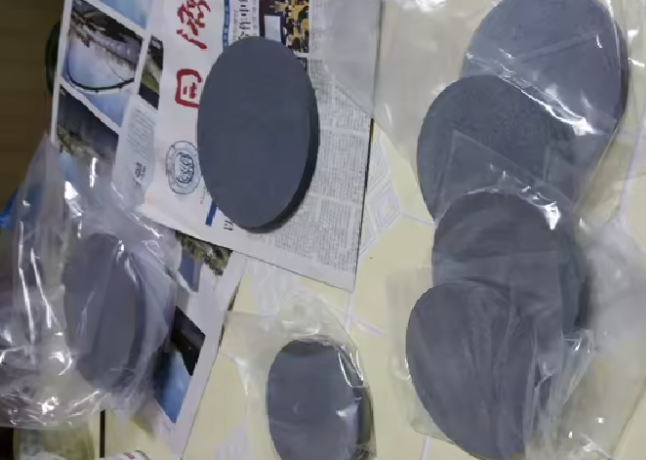
Placement and Purpose
| Component | Function | Use Cases |
|---|---|---|
| Porous Stone | Provides drainage, holds shape, reusable | Standard triaxial tests |
| Filter Paper | Prevents soil loss, conforms to shape | Soft clay or silty soil testing |
Using both in combination is also common—especially when saturation control is critical.
Comparative Analysis of Hydraulic Conductivity in Porous Stones vs Filter Paper
When you need water to move, but not soil particles, permeability matters. But does one win out?
Porous stones typically offer higher and more uniform hydraulic conductivity4 than filter papers. However, filter paper provides better contact with soft or sensitive samples, improving flow distribution in low-permeability soils5.
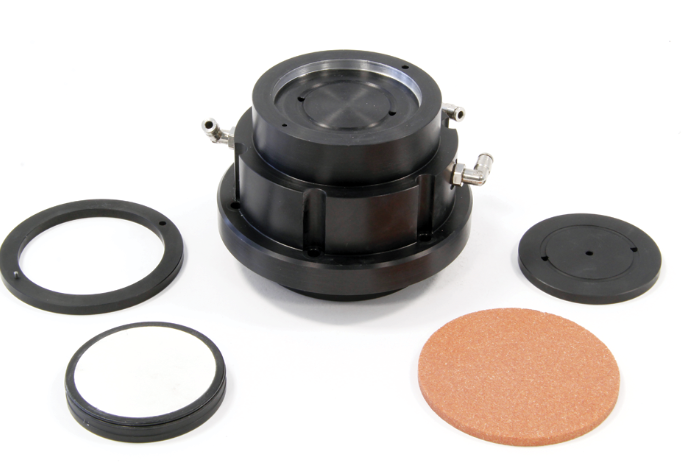
Hydraulic Conductivity Comparison
| Material | Average Hydraulic Conductivity (cm/sec) | Notes |
|---|---|---|
| Porous Stone | 10⁻³ to 10⁻⁴ | Better for sandy or well-structured soils |
| Filter Paper | 10⁻⁵ to 10⁻⁶ | Works well for fine-grained, compressible soils |
If you’re testing dense sands, go for stones. For soft clay? Filter paper might just be your best friend.
Durability and Reusability: Porous Stones vs Filter Paper in Repeated Tests
This one’s easy to feel in your budget.
Porous stones are reusable, making them more cost-effective over time.6 They withstand ultrasonic cleaning and multiple test cycles. Filter papers, however, are disposable and fragile—best used once to prevent contamination and performance loss.7
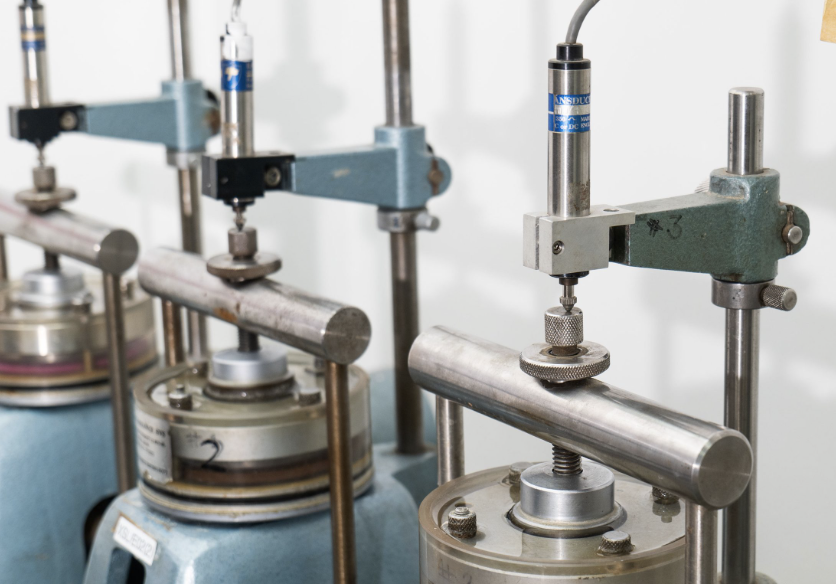
Reusability & Lifespan
| Property | Porous Stone | Filter Paper |
|---|---|---|
| Reusability | High – multiple tests | Low – single use only |
| Maintenance | Needs cleaning and soaking | Easy disposal |
| Cost per Use | Lower over time | Higher in large-scale testing |
So while stones cost more upfront, they pay off quickly—especially in labs running daily tests.
Impact on Test Results: Accuracy and Consistency Differences
Let’s talk about what really matters—data accuracy.
Porous stones provide consistent boundary conditions and better saturation uniformity, leading to more reliable test outcomes. Filter papers, while offering better surface conformity, can create uneven saturation and edge effects in some setups.

Test Result Stability
| Factor | Porous Stone | Filter Paper |
|---|---|---|
| Saturation Uniformity | High | Moderate to Low |
| Conformity to Sample | Moderate (may leave small voids) | High (flexes to surface contours) |
| Test Repeatability | Strong if maintained properly | Varies depending on sample fit |
If your lab prioritizes precise, repeatable testing, porous stones have the edge.
Guidelines for Selecting Between Porous Stones and Filter Paper in Triaxial Testing
So, how do we decide?
The choice depends on your sample type, accuracy needs, and budget. Use porous stones for most standard tests, especially when strength and precision matter. Opt for filter paper when testing soft, compressible soils or when stone-sample contact is uneven.

Selection Guide Summary
| Scenario | Recommended Material |
|---|---|
| Routine tests on sand or silt | Porous Stone |
| Soft clay with irregular surface | Filter Paper or combo use |
| Need for high reusability | Porous Stone |
| Budget-sensitive, single-use requirement | Filter Paper |
In some cases, combining both—filter paper wrapped around porous stone—offers the best of both worlds.
Conclusion
There’s no one-size-fits-all answer here. Porous stones offer strength and consistency, while filter papers bring adaptability and precision in specific contexts. Choosing wisely between them—or combining them—can raise the quality and repeatability of your soil testing results. In the lab, even the smallest choice can shift your entire dataset.
-
Explore this link to understand how porous stones can enhance your triaxial testing results and improve accuracy. ↩
-
Discover the impact of filter paper on testing outcomes and why it might be the better choice for your specific soil samples. ↩
-
Discover how filter papers contribute to accurate soil analysis and improve measurement integrity. ↩
-
Understanding hydraulic conductivity is crucial for effective water management in soils, making this resource invaluable for your studies. ↩
-
Exploring low-permeability soils will enhance your knowledge of water flow dynamics, essential for agricultural and environmental applications. ↩
-
Explore this link to understand how reusable porous stones can save you money and improve efficiency in your filtration processes. ↩
-
Learn more about the limitations of disposable filter papers and how they can impact your filtration results. ↩

